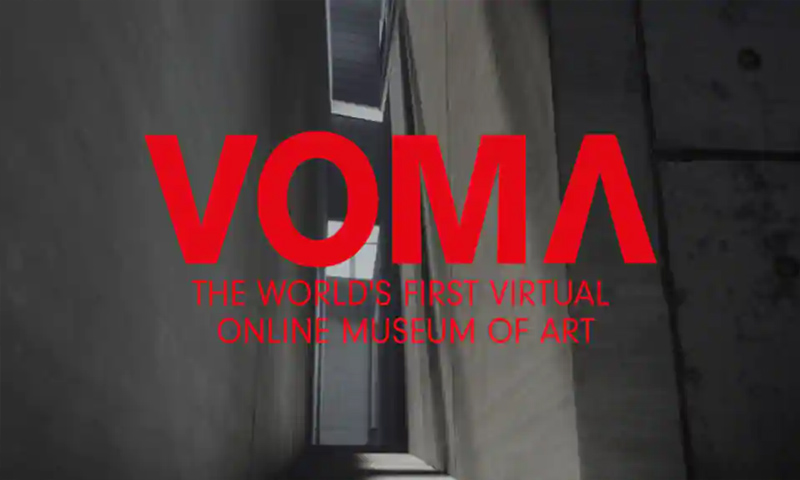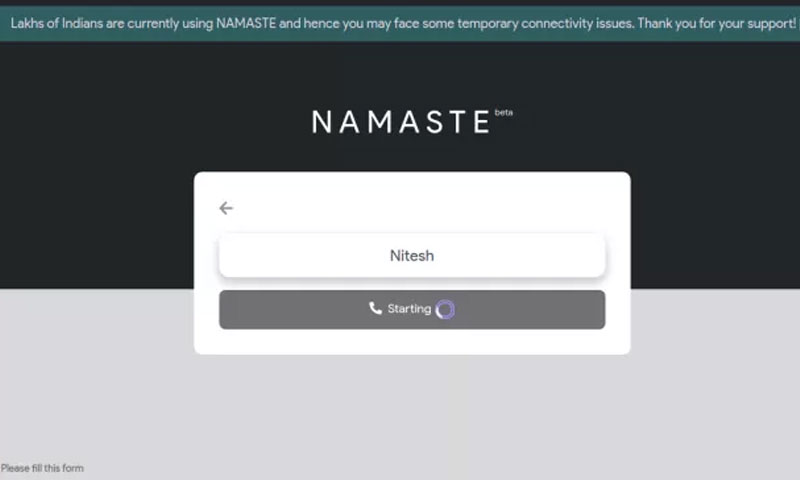The coronavirus pandemic has forced museums and galleries to re-evaluate how artwork and artists can be showcased online to a broader audience. This month, the Virtual Online Museum of Art (VOMA) will become the world’s first fully interactive virtual museum. Curated by Museum Director Lee Cavaliere and constructed from scratch by artist Stuart Semple, VOMA will present works from some of the world’s most prestigious institutions, including the Musée d’Orsay, Whitney Museum of American Art, the Museum of Modern Art, New York and the Art Institute of Chicago, as well as digital-only creations. Most importantly, anyone in the world can access the exhibitions for free.
Each high-resolution artwork is presented with a range of related media and references to truly enrich the visitor’s understanding of the particular artwork and its history. VOMA not only addresses the problems of attending a museum with social distancing measures in place but also more complex issues about who has access to major cultural institutions in the first place. The world’s first entirely virtual art museum is set to open next month, hoping to bring masterpieces to anyone in the world with an internet connection.
“The point of art is to communicate and share ideas … (but) a lot of people can’t travel to a museum,” said Semple, whose large-scale public projects have included releasing thousands of smiley-faced clouds over London, Moscow, and Milan. Admittance to VOMA will be free, which its founders hope will help attract a diverse audience at a time when many works of art are under scrutiny for their links to slavery and colonialism with racial inequality in the spotlight globally.
The museum is set within a digital building, which allows visitors to freely stroll through its grounds and galleries, take a close-up look at art using high-resolution 3D imagery, read reviews left by others and chat with friends. Purpose-built software developed with input from architects, computer-generated imagery (CGI) designers and gaming experts, aims to create an immersive and interactive experience. On the outside, seasons, weather, and time change, affecting light on the inside the museum. So visitors could be seeing the art on a cold rainy morning or a starry summer night.







